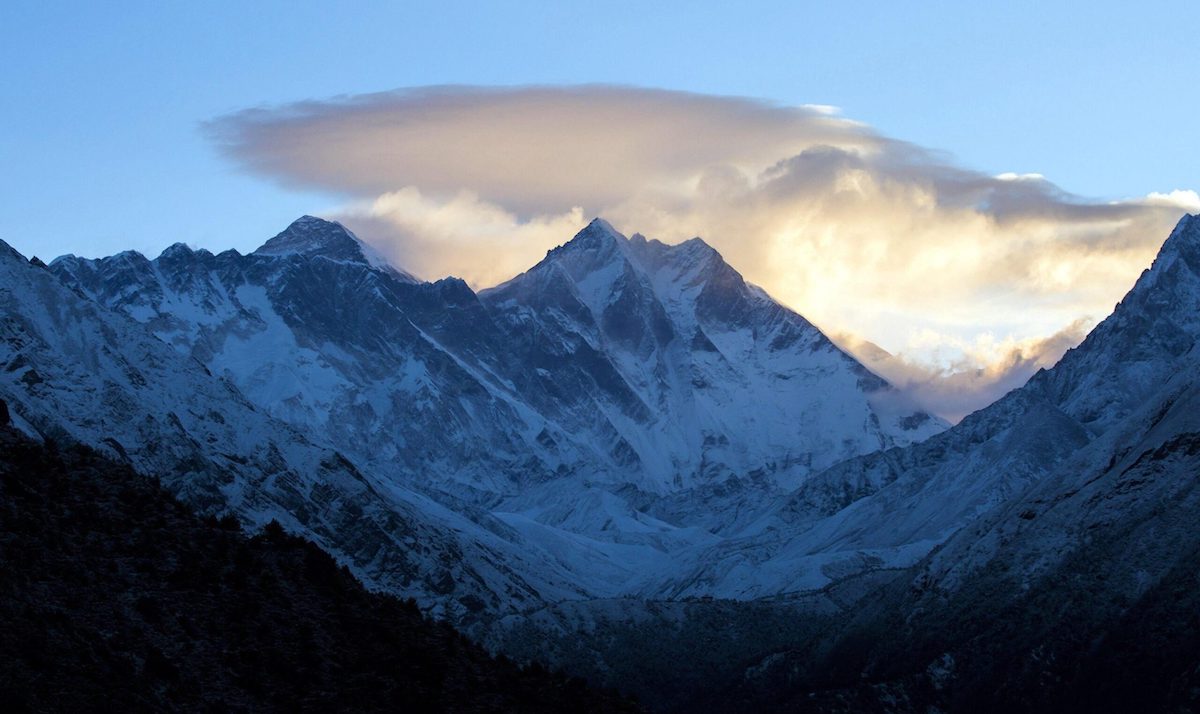With George Mallory, he attempted to reach the top. If the camera was found, the history of the discipline could be rewritten
A hundred years later, Mount Everest returned part of the remains of British mountaineer Andrew Irvine who, in 1924, attempted to reach the summit with his companion George Mallory. A boot emerged from the snow with a foot inside that likely belonged to Irvine himself. The discovery dates back to September and was made by a team of climbers and filmmakers who were working on a National Geographic project. The announcement yesterday. The British attempted the climb, but it is not yet known whether they succeeded or not. If the camera was found and there was proof of the climb, mountaineering history would be rewritten.
The ascension 100 years ago
They left but did not return. Irvine and his climbing partner Mallory were last seen on June 8, 1924, as noted National geographicand all traces of them have been lost. Nobody knows if they managed to beat the feat of Tenzing Norgay and Edmund Hillary who conquered the summit of the highest mountain in the world by 29 years. Mallory's remains were found still intact in 1999, not far from the summit. But nothing was known about Irvine until September, only his ice ax had been found.
The discovery
“I lifted the sock and saw a red label that said AC IRVINE,” said one member of the team, filmmaker Jimmy Chin, who found the boot on Everest. “Comyn” was actually the missing British climber’s middle name, a difficult, if not impossible, coincidence. Irvine's body could have been in the discovery area, but over more than 100 years ice could also have washed away the remains. What further fuels the sensationalism of the discovery is the reconstruction provided by National geographic: Irvine was in charge of the photographic equipment. So, if you found the camera with the films inside or even a few rolls of film to develop, you could definitely solve one of the mysteries of world mountaineering. And, if necessary, shake up the history of the discipline. “Any expedition to Everest inevitably follows the shadow of Irvine and Mallory,” Chin said.
The call to heirs
“When you lose someone and you don’t know what happened to them, it’s hard to accept. Having even some definitive information on where Andrew may have ended up is certainly helpful to them. And it's also a great clue for the mountaineering community who are still wondering what happened on this mountain a hundred years ago,” said the filmmaker. Among the first calls he made were had one to Irvine's great-granddaughter, Julie Summers, 64. In 2001, the woman also wrote a biography about her missing distant relative. Summers thanked Chin for the news of the discovery. , genetic testing will definitively establish who the found boot belongs to. And future research could uncover other remains of Irvine's body and, who knows, even a piece of mountaineering history. buried under the snow.
On the cover: EPA/Balazs Mohai I A view of the high peaks of the Himalayas near Namche Bazaar, Nepal, April 2, 2017.


